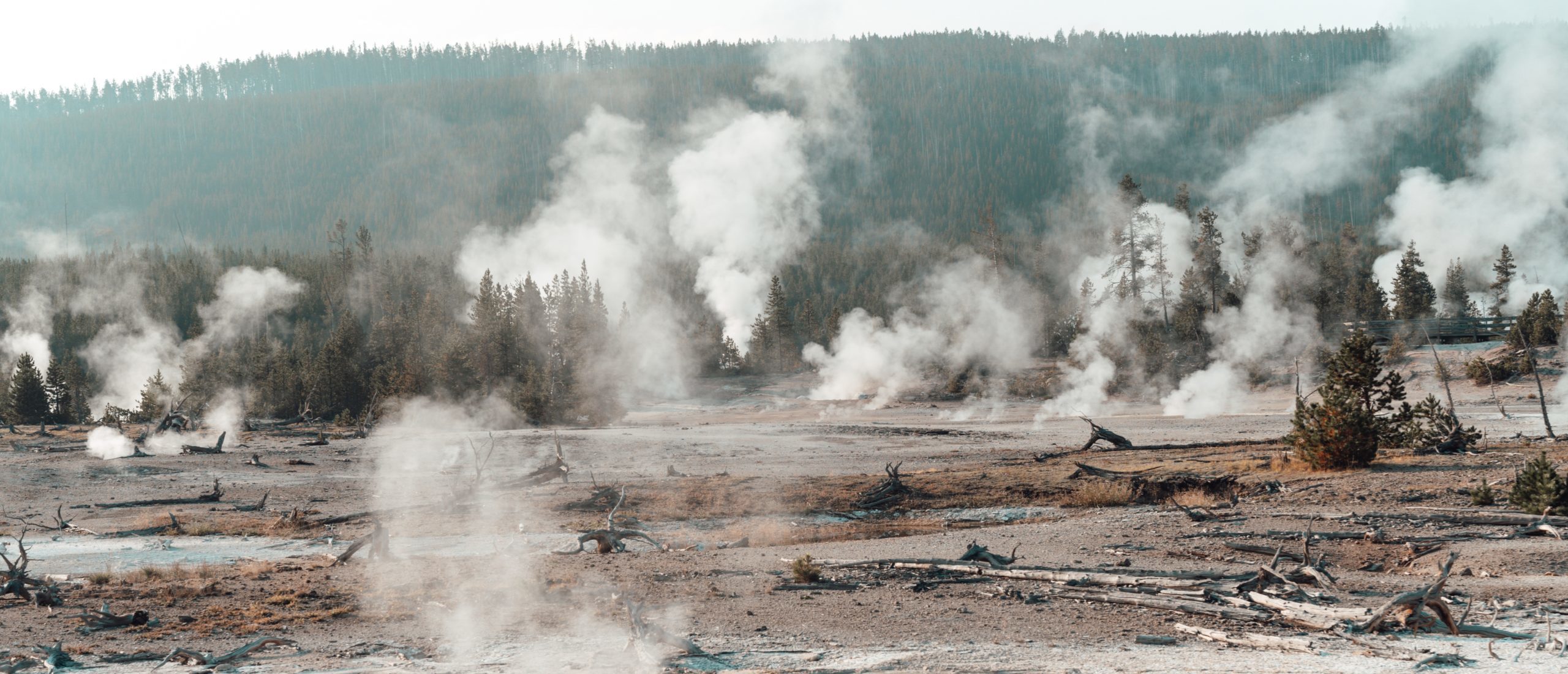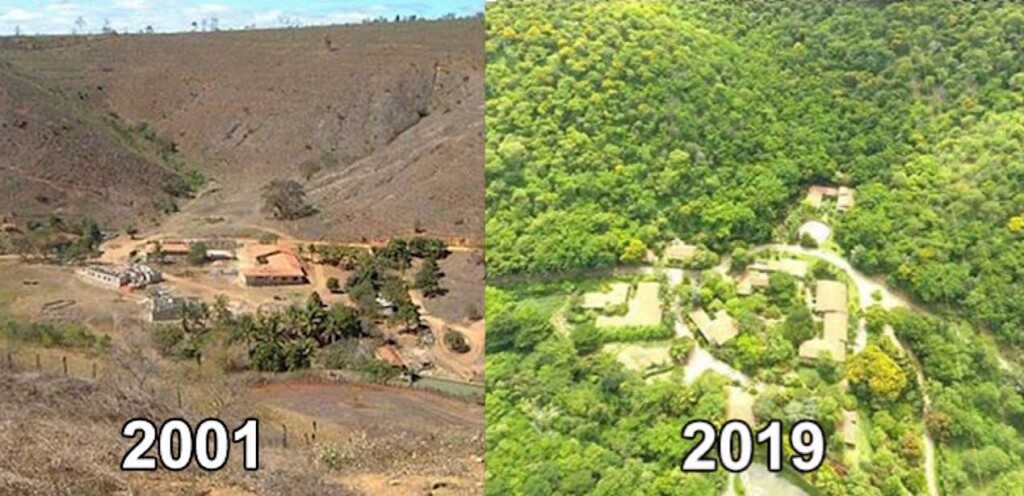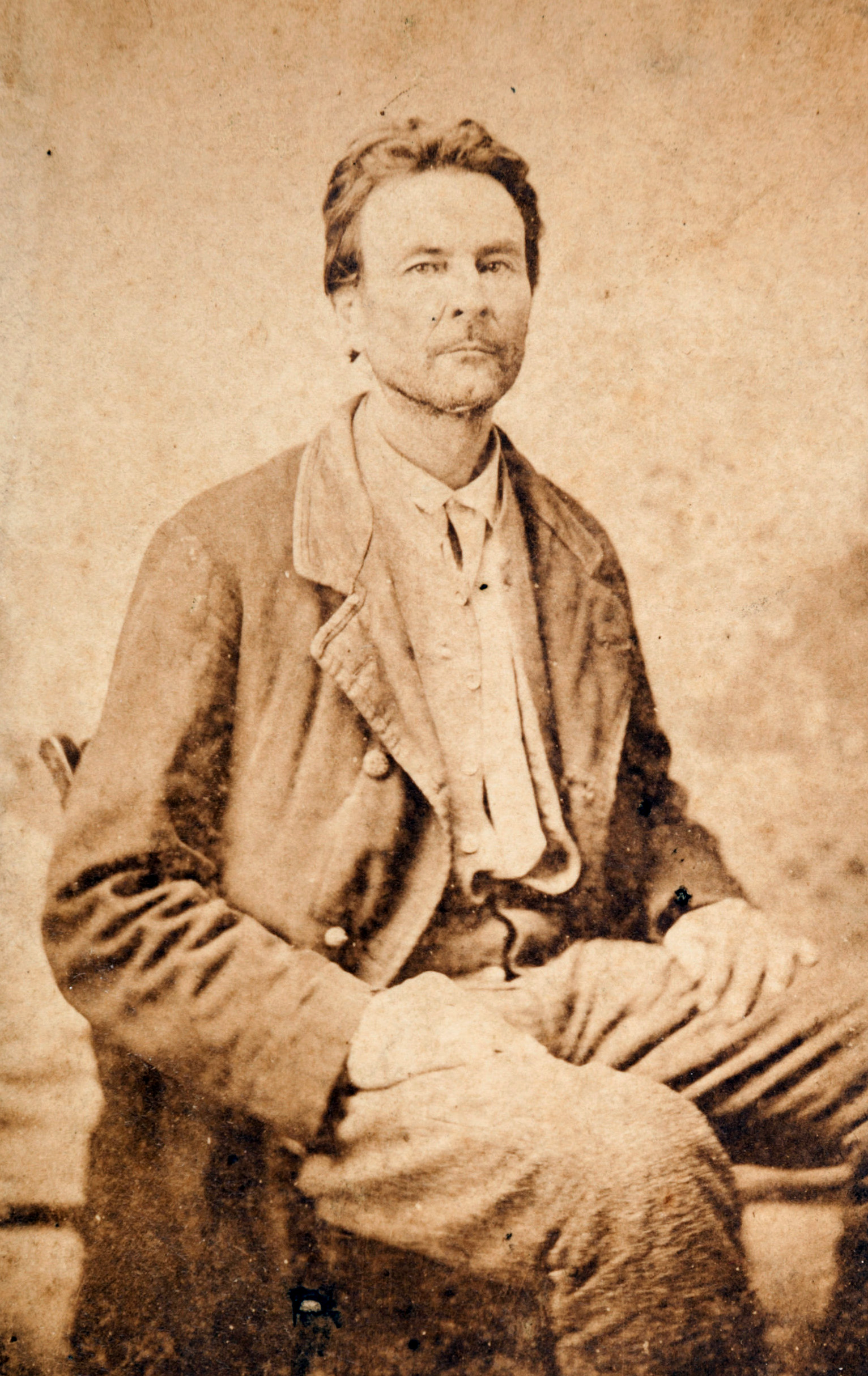
www.classicrockhistory.com
Complete List Of Bad Company Band Members
Our Complete List Of Bad Company Band Members presents the various musicians who have played in the legendary band Bad Company. The band was first formed in 1973‚ hailing from the area of Albury‚ Surrey‚ England. They have always been one of the most loved rock bands to come out of the classic rock era. I fell in love with them the moment I heard Paul Rodgers sing “Can’t Get Enough Of Your Love‚” from their debut album. Paul Rodgers Paul Rodgers‚ renowned as the lead vocalist and a primary songwriter for Bad Company‚ has been a pivotal figure in
The post Complete List Of Bad Company Band Members appeared first on ClassicRockHistory.com.

















